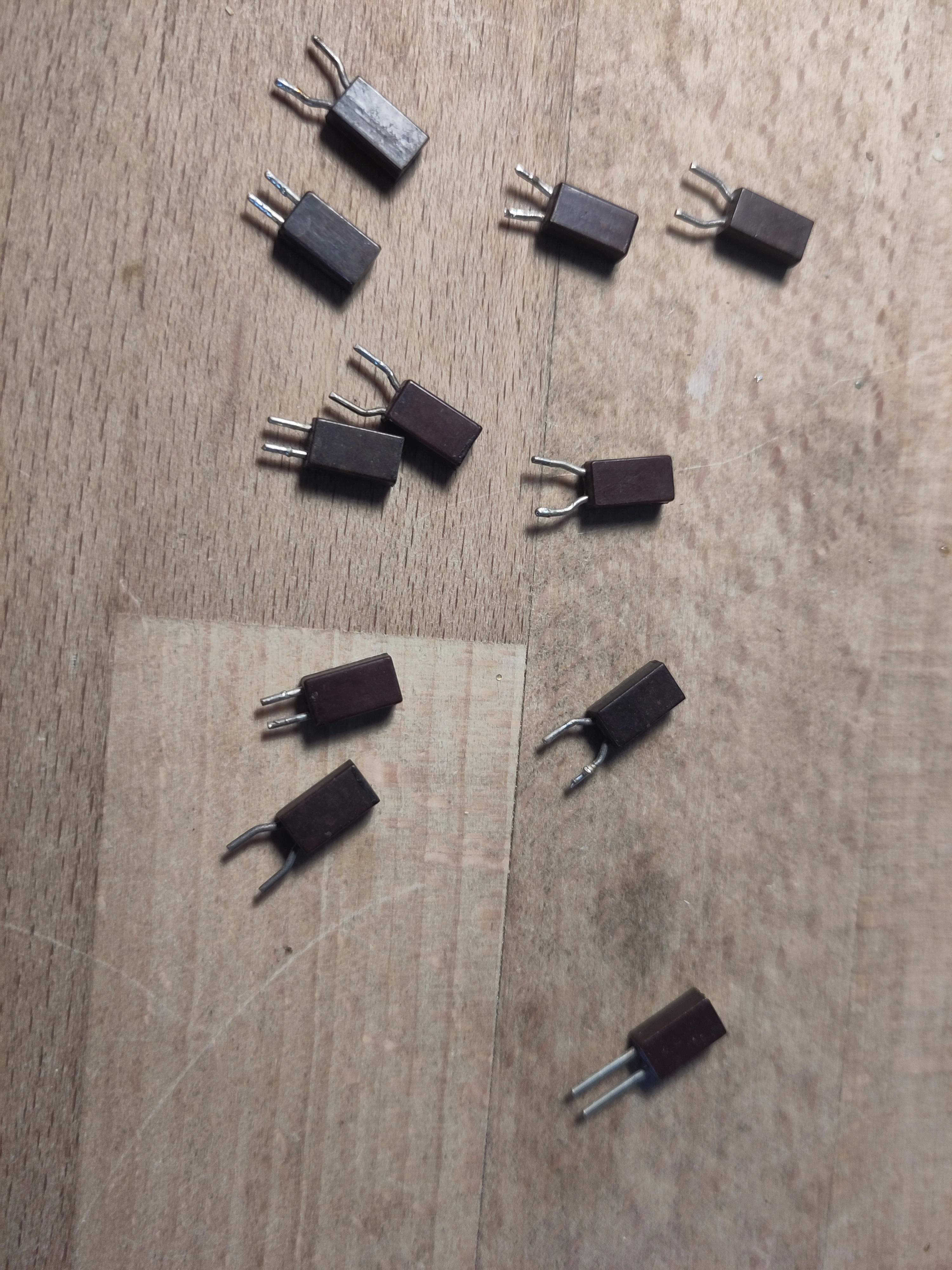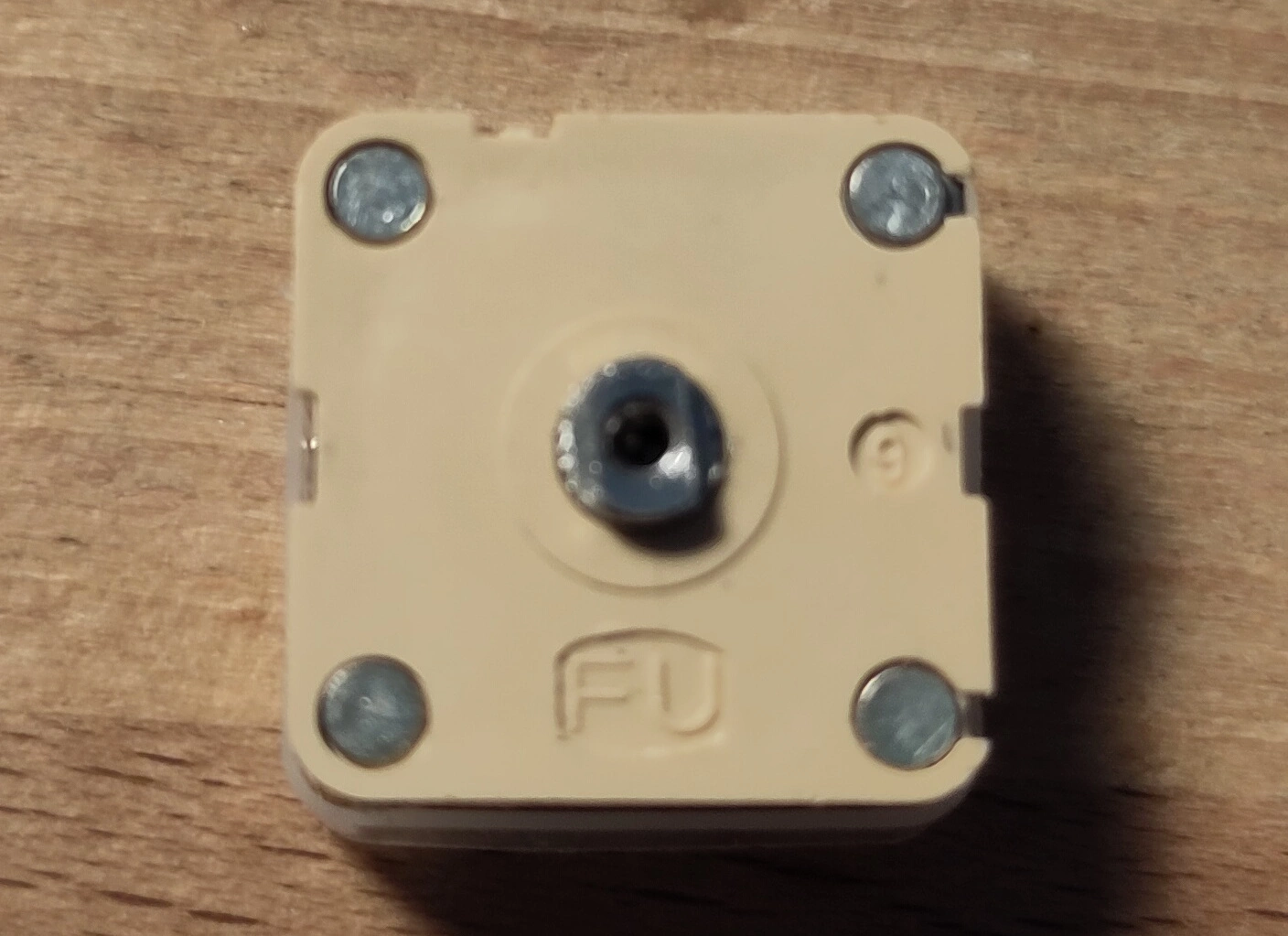That's a common misconception. The cybertruck's sails are designed to be pushed by a high-power stream of gasoline, not wind
On which continent are you then?
On the other hand, a more flexible car could get you out of a traffic jam more easily
I'm mindlessly scrolling through lemmy, for the glory of the empire!
I don't get the joke.. why did you post four identical pictures?
Reminds me of that Atlantropa plan. The idea was to drain most of the Mediterranean sea to create new land between Europe and Africa. Some German guy came up with it in the 1920s and spent like 20 years trying to convince people it's a great idea and totally doable. Unfortunately everyone was busy with other stuff back then...
The only winning move is to cook a nice curry, because plain rice is just boring.
This is the way.
Luckily the postgresql docs have links for exactly that
This may be a good source for it: https://www.goodreads.com/book/show/25663961-how-not-to-die
The book is about food, but mostly it talks about oxidation of the body and how various foods affect that, because that seems to be the main factor for aging and other degradation of the body. (TL;dr: eat a lot of broccoli)
I'm not an expert though, so cannot judge how accurately the science is presented
Can someone explain to a european why this huge chunk of the eastern half of the country is called "midwest"?
Farbwaschmittel... das hängt von der Farbe der Soße ab.
Und Weichspüler nicht vergessen (besonders wenn die Nudeln nicht lang genug gekocht wurden).
Please don't feed bread to ducks, it gives them diarrhea
Someone is asking the important questions
Is there a choice of toppings? Or do I have to think about a very specific pancake?
Dude, that's genius! What if we also attached a thousand motors that spin on each key you press and press a thousand other keys in turn?
My first thought seeing the image was that these are really long pliers
help
I can't recall a time when I wasn't lost in the inner solar system. Currently I'm stuck on the third dot - how do I proceed?
Alt
___ The picture shows today's XKCD comic.
Transcript:
[A grayed-out sentence in the Times New Roman font reads "Optimistic aliens measure space typographically". The "O" in "Optimistic" is dark black and indicated as representing the Sun (not to scale). The dots of the letters "i" in the sentence are similarly dark black. The dot in the first "i" in "Optimistic" is indicated as representing Mercury; the dot in the second "i" represents Venus; the dot in the third "i" represents Earth. The dot in the "i" in "aliens" is indicated as representing Mars. The dot in the "i" in "typographically" is indicated as representing Jupiter. A measurement bar indicates that the distance between the "O" and the third "i" in "Optimistic" is equivalent to 1 AU (astronomical unit).]
[Caption below the panel:] Space tip: if you're ever lost in the inner Solar System, you can just type out the phrase "Optimistic aliens measure space typographically" in Times New Roman and use the dots as a map.
How to improve my battery measurement circuit?
I am powering a 5V microcontroller (arduino clone, atmega328p) using a 9V block and a buck converter. Now I want to let the microcontroller occasionally measure the battery voltage, so I can get an idea of how full it is.
My first idea was to use a simple voltage divider:
I've chosen the resistor values so that:
- the voltage at the measure output is
< 1.1V, to be able to use the 1.1V internal reference of the atmega's ADC R1 || R2 < 10kΩ, since the atmega datasheet says "The ADC is optimized for analog signals with an output impedance of approximately 10 kΩ or less"
This is great and all, but what bothers me is that this circuit will constantly draw ~100µA from the battery.
So, my next thought was to add a mosfet to the divider, to switch it on only while measuring:
This is obviously bad, because now when the mosfet is off, the ADC input sees the whole battery voltage.
To address that issue, I've added a second mosfet into the measure path:
This works, and it does not draw any current, except while measuring.
However, it's quite a few parts. So I'm curious if anyone has an idea how to do this with just a single mosfet. It seems to me like it should be possible, but I haven't figured out how.
Oh, and if I'm doing something stupid here, please tell me :)
Radial resistors... has anybody seen these before?


I have a whole bunch of them. They are possibly a bit older (70s, 80s) judging by other contents of the junk box they are from.
There are no labels of any kind, but on the top they have stripes that look hand painted.
For at least some of them the resistance roughly corresponds to the color code.
So, I'm just curious why I can't find anything about these on the internet.
Machine-readable band plan?
Does anybody know a source for the IARU bandplan (such as this) in a machine-readable form? Or something similar?
I'm mainly interested in the frequency ranges for each mode, and the maximum bandwidth. Typical channel spacing would also be nice info.
Safety tips when disassembling old electronics?
I'm taking apart a broken tape recorder produced in the 70s (a Tesla B57, made in Czechoslovakia), to harvest some parts (inductors, switches, ...) and maybe reuse the case for some project.
Which made me wonder: are there any dangers to protect myself against? I know about lead, so I'll take precautions when desoldering things. Is there anything else to be aware of? Some fumes, other toxic materials, ...?
I'm not planning to connect the device to power in any way, so from an electrical perspective there should be nothing to worry about (except for caps maybe). Am I wrong?

